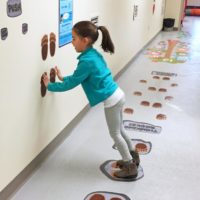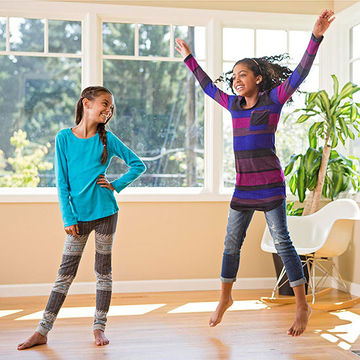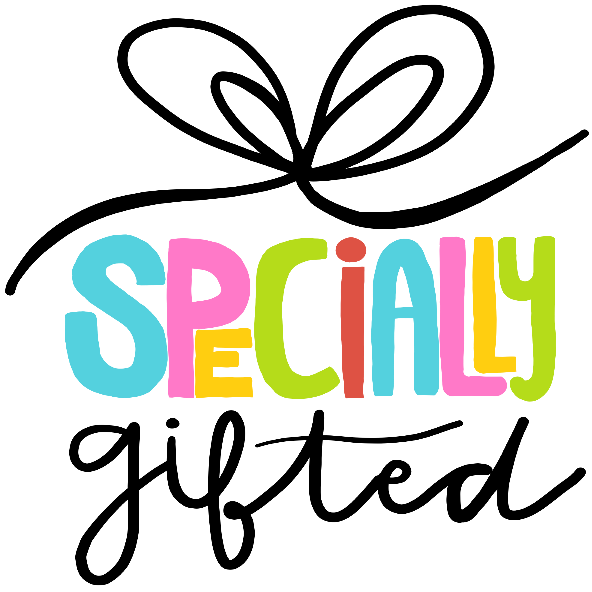

school sensory paths
A recent trend seen all over social media is for schools to have “sensory paths” or “transition paths” in the hallway to provide students a type of quick gross motor “break” while transitioning between classes. These are a fantastic way to break up the sleepy moods kids often develop going from class to class where they are required to sit and focus for long periods of time.
Sensorimotor paths provide students a boost in a gross motor activity which in turn improves focus and attention in the classroom.
These paths can also serve as a good transition tool, for example coming back from lunch or recess, and be beneficial to students who have difficulty with transitioning from one task to another. Completing the sensorimotor activities gives their body time to readjust after possibly being overwhelmed or underwhelmed.
past relevant blog post:
at-home sensorimotor paths
Right now a ton of kids are currently doing their schooling virtually from home and while they are not in a typical classroom they are still required to remain still, focused, and maintain attention on a specific task for a period of time. A DIY at-home sensorimotor path station would be the perfect gross motor break between math and literature or on the way to the kitchen to make lunch. So here are some ideas and instructions for setting this up at home!
Below is a list of tasks to include, what the focus on, and ways to adapt if needed.


Station 1: Jumping jacks
*Increase body awareness
*Increase focus and attention.
Set a certain number for your child to complete before continuing on to the next task. Five is typically a good starting number depending on your child’s skill level.
If incorporating the hands and feet together is too difficult try jumping with just the legs while keeping their hands down by their side. Gradually include both together to increase the difficulty.
Station 2: Wall Push-Ups
*Reduce sensory seeking behaviors
*Increase body awareness
*Increase focus and attention
Again set a certain number for your child to complete. Also, use something to mark the floor where their feet should be (painter’s tape). Their feet should be out far enough for their hands to be flat against the wall and their elbows straight.
Station 3: Core
*Improve posture
*increase focus and attention
Two exercises to include in this station are “supermans” and “rollie pollies”
- Superman: Have your child lay on their stomach with the arms reaching above their head. Life the arms and the legs off the ground at the same time engaging the core muscles. Try to set a time such as 5 or 10 seconds.
- Rollie Pollies: Have your child lay on their back with their arms above their head then curl into a ball bringing their knees into their chest, bringing their hands to their knees, and pulling their head up towards their knees. Hold this position for 5-10 seconds without
Station 4: Finger Tracing
*Improve vision skills
*Increase hand-eye coordination
You can get creative with what you have your child trace. Some ideas are printing out their name, different shapes, or the number 8 and turn it sideways. Tape the print out to the wall and have your child trace it with their index finger. Using their finger to trace improves the ability of the brain to have both sides working together.
Station 5: Calm yoga pose
*Increase attention span
* Decrease restlessness
*Increase thought processing and reasoning
*Calm the body
Have your child sit in either a butterfly position with the soles of their feet touching or criss cross. Bring their hands together at their chest and breathe in (smell the flowers) then breathe out (blow out the candle) Have them do this 5 times to decompress and relax before going back to seated work.
You can customize this as much as you want! I would personally suggest creating some visuals or a sign for each station, you can have your child help with this part as well! Make fun signs for each station and tape them to the wall in the areas the tasks will be completed. You can also change up some of the activities but it is important to always end with a calming task. This will help prepare the body to focus and make the transition calm.





